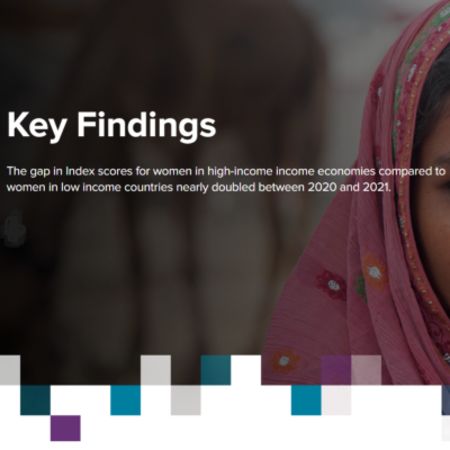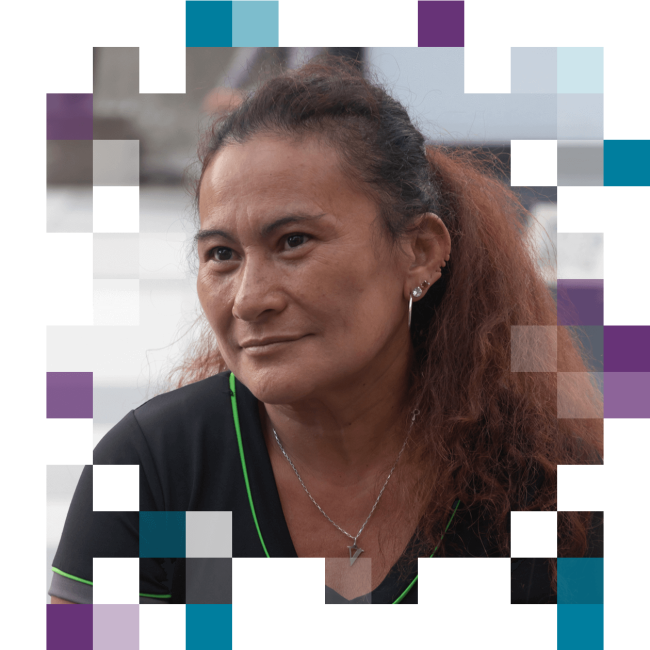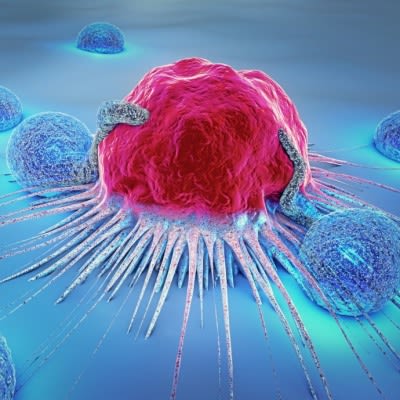
The gap in Index scores between women in high-income and low-income economies nearly doubled between 2020 and 2021.In 2021, 22 points separated women in high-income economies – whose score remained unchanged at 61 – and women in low-income economies, whose score dropped from 49 to 39. |
| |
 | ||
Women’s ability to meet their basic needs — such as affording food — fell, while men’s ability to do so did not change. | ||
 | ||
Women in 2021 were more stressed, worried, angry and sad than they were in 2020 — or at any point in the past decade.Stress, worry and anger each increased by three percentage points within the span of a year, while sadness notably rose by six points. More than four in 10 women in 2021 said they experienced worry (43%) and stress (41%) during a lot of the day before the survey, nearly one in three experienced sadness (32%), and more than one in four experienced anger (26%) — all at record levels. | 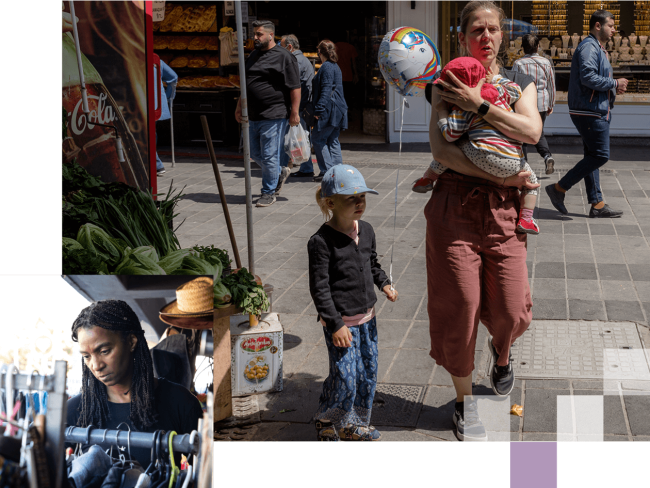 | |
 | ||
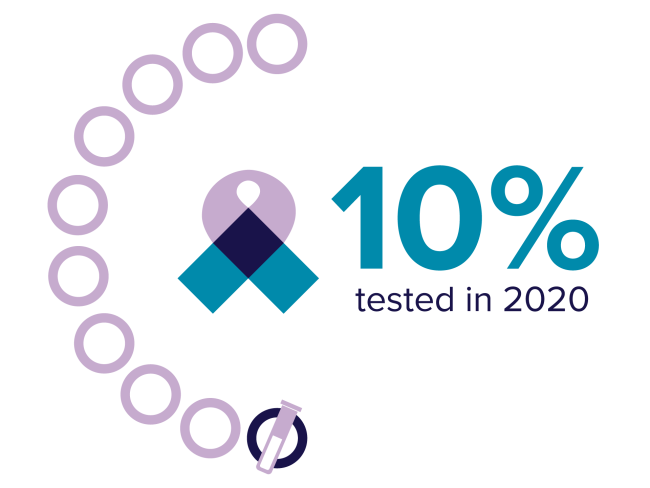 | In nearly 50 countries and territories, less than 10% of women said they were tested for cancer in the previous year.Worldwide, just 12% of women in 2021 were tested for any type of cancer in the past 12 months, which means more than 2 billion of the world’s women went untested. | |
 | ||
Belief in the value of going to a healthcare professional declined among women with an elementary education or less.While belief in the value of going to a healthcare professional remained relatively stable among women with four years of education beyond high school or a college degree (92%), it dropped seven points among those with an elementary education or less — from 87% to 80% — leading to a 12-point gap between the two education groups. | 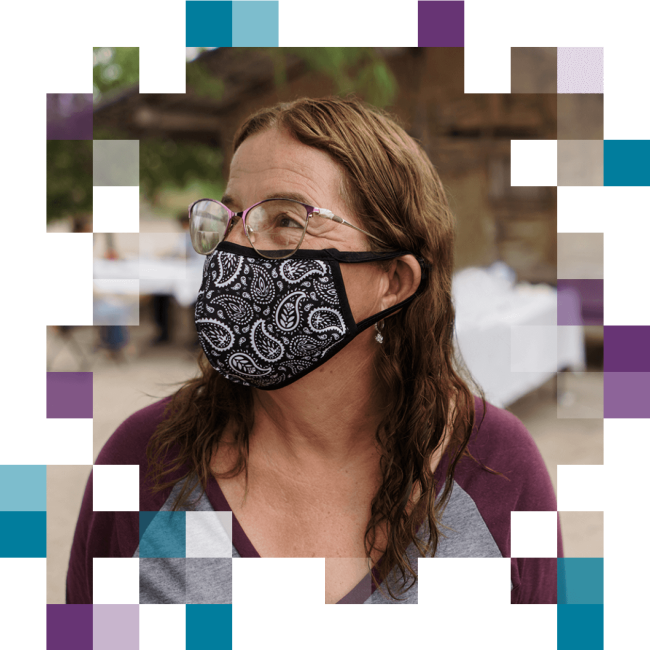 | |
 | ||
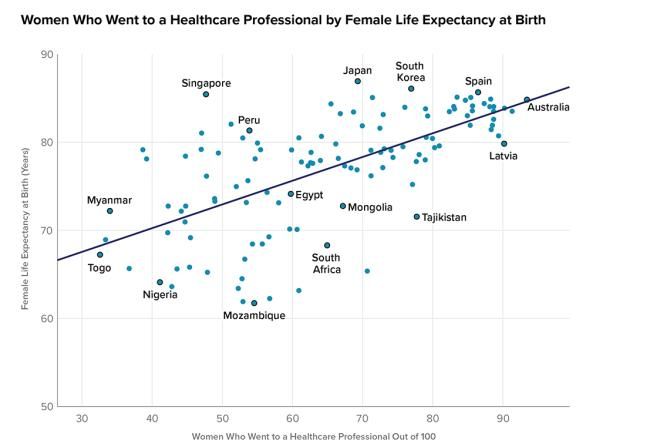 | Annual visits to healthcare providers correspond with two additional years in a woman’s life expectancy.Even after accounting for gross domestic product (GDP) per capita, life expectancy for women who said they had talked to a healthcare professional in the past year was 78, compared to 76 for women who said they had not. |





